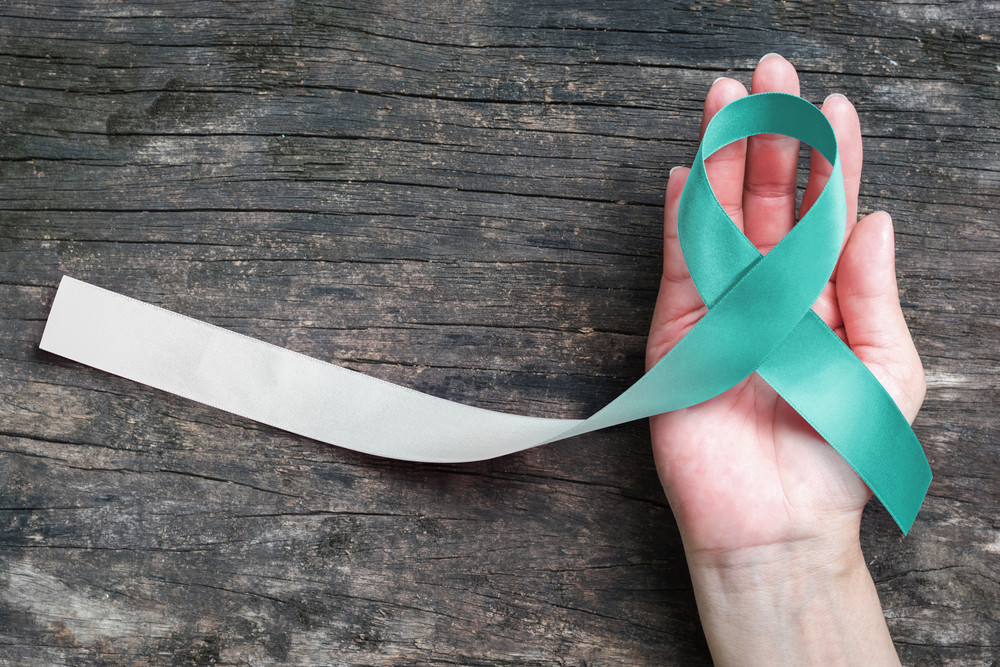Popular Reads
Top Results
Can't find what you're looking for?
View all search resultsPopular Reads
Top Results
Can't find what you're looking for?
View all search resultsSeven cervical cancer risks to know
With at least 200 types of HPV, few have high risks for cervical cancer as most of the time the body clears the infection by itself. However, there are some instances that render the body unable to clear the infection.
Change text size
Gift Premium Articles
to Anyone
C
ervical cancer is the third-most common cancer among women in the world. It is also the second-most frequent cause of cancer-related death. For women in developing countries, it is often the most common cause of cancer-related death.
Factors that can increase the risk of getting cervical cancer are compiled below, as quoted from Reader’s Digest.
1. HPV
The most common and well-known risk factor for cervical cancer is the human papillomavirus, also known as HPV. It infects about 80 percent of sexually active people. With at least 200 types of HPV, few have high risks for cervical cancer as most of the time the body clears the infection by itself. However, there are some instances that render the body unable to clear the infection.
“It’s pretty uncommon to find a cervix cancer that is not HPV-related,” says Robert DeBernardo, gynecologic oncologist at Cleveland Clinic in Cleveland, Ohio, the United States.
2. Birth control pills
Researchers believe that hormones like estrogen and progesterone found in birth control pills make cervical cells more vulnerable to HPV infection. At least 24 studies have indicated that using oral contraceptives for five or more years is associated with an increased risk of cervical cancer.
3. Smoking
Smoking already has a wide array of problems, from increasing the risk of lung cancer and problems with pregnancy, it also has the risk of developing cervical cancer. The cigarette carcinogens make the immune system in the body more vulnerable, leaving it unable to fight off the HPV infection, which could eventually cause cervical cancer.
Read also: Jakarta administration promises free cervical cancer test
4. Weak immune system
The immune system is very important in fighting off HPV infections—it is the reason why the body can clear out most HPV infections by itself. But a weak immune system will not be able to perform its function optimally.
Aside from that, the immune system can slow down and destroy the spread of cancer cells, and people with HIV or AID problems are vulnerable to any form of cancer, including cervical cancer.
5. Sexual history
Women in polygamous relationships and who have multiple sexual partners can increase the risk of HPV.
According to research by the Cleveland clinic, women who had sex before the age of 16 have a greater chance of getting cervical cancer.
6. Unhealthy diet
Studies have indicated that income can be associated with cervical cancer. Women with lower incomes have higher risks of cervical cancer, as they are not exposed to healthier food over the course of their lifetimes. The best diet to reduce the risk of cervical cancer is a balanced diet with fruit and vegetables. (ely/wng)











